The China-Laos railway: How Laos can make the most of its hefty investment
The China-Laos railway linking China's Yunnan province to Vientiane, the capital of Laos, was officially opened in December 2021. This mega project under China's Belt and Road Initiative is expected to improve connectivity and stimulate the economy but Laos has incurred hefty external debt to achieve this, says EAI academic Yu Hong. The railway alone is also just the hardware; the Laotians will have to do more to make the best of its investment.
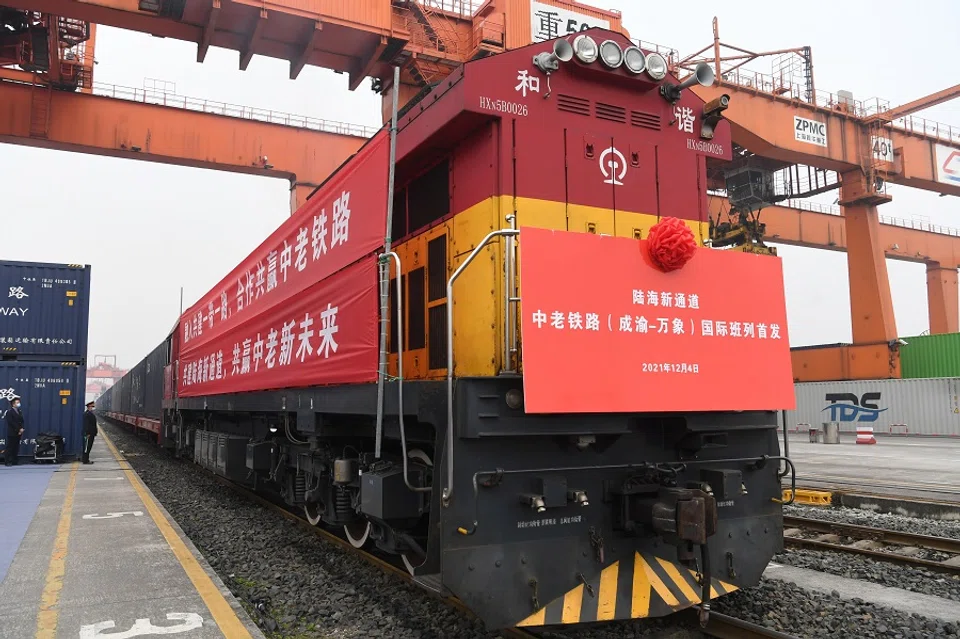
After five years of construction, the high-profile China-Laos railway project connecting Kunming, the provincial capital of China's Yunnan province, to Vientiane, the capital of Laos, has been completed. It has formally been in operation since December 2021. The China-Laos railway is a key mega project of China's Belt and Road Initiative (BRI) in Southeast Asia. The completion of the railway demonstrates that the BRI remains on track despite the Covid-19 pandemic and the fast-changing global geostrategic environment.
On 3 December 2021, Xi Jinping, China's president, held a virtual meeting at the official opening ceremony with his Laotian counterpart, President Thongloun Sisoulith of Laos. This reflects the significance of the China-Laos railway to both nations.
The railway is the biggest public infrastructure project ever undertaken by Laos. This transnational railway is 1,035 kilometres long. The China-Laos railway (henceforth the railway) is dedicated to both passenger and freight traffic services. The railway has created a new link between Laos and China, the former's neighbour and closest partner. The Laos section has ten passenger stations along the line that stretches from its mountainous north to the hinterland region. The railway is also connected to the domestic high-speed railway network in China. It is part of a grand plan to build a Pan-Asia railway that will ultimately connect China, Laos, Thailand, Malaysia and Singapore.
The Laotian government leverages infrastructure improvement as part of its land-linked economic development strategy to drive economic growth
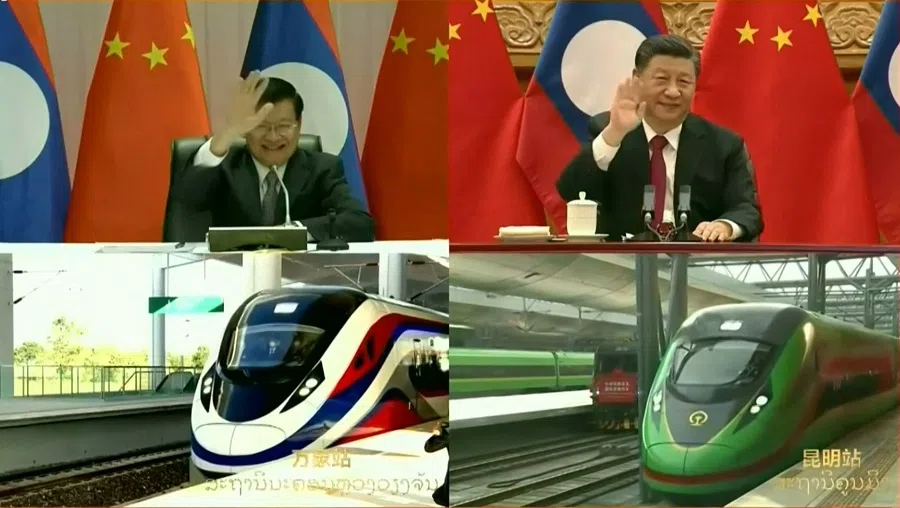
Chinese banks and firms have from the beginning been heavily involved in the railway project, ranging from project financing, technical standard setting and equipment supply to construction. To construct the railway, Chinese companies and engineers had to build 200 kilometres-long tunnels and 160 bridges (with some crossing the Mekong River) to run the rail tracks due to the mountainous terrain in northern Laos. Technically, the railway is a showcase of China's strength in railway construction and engineering. In contrast, Laos has few skilled construction workers and little experience in building large-scale railway projects on its soil. The domestic industries in Laos are also unable to supply most of the raw materials and equipment for railway project construction.
Although Laos has a small and agricultural-based economy, its investment in railway development has been substantial, at US$5.9 billion, or equivalent to around one-third of Laos' gross domestic product in 2019 (estimated at US$19.14 billion).
A land-linked economic development strategy
Laos is the only landlocked country in Southeast Asia. According to the World Economic Forum's Global Competitiveness Report 2018, domestic infrastructure development in Laos is very limited and backward, regionally as well as globally. Laos is also ranked as one of the poorest among ASEAN (Association of Southeast Asian Nations) countries. For years, the Laotian economy has suffered from a lack of diversification, relying heavily on hydropower generation and its mining sector. These activities are environmentally unfriendly and unsustainable. This railway could open up opportunities for economic diversification by making two-way travel for facilitating both passengers and freight between Laos and China.
The Laotian government leverages infrastructure improvement as part of its land-linked economic development strategy to drive economic growth; the endorsement of the railway project is to boost economic activities ranging from agricultural production to export-oriented manufacturing, tourism and logistics services. To many Laotians, the railway is a source of national pride.
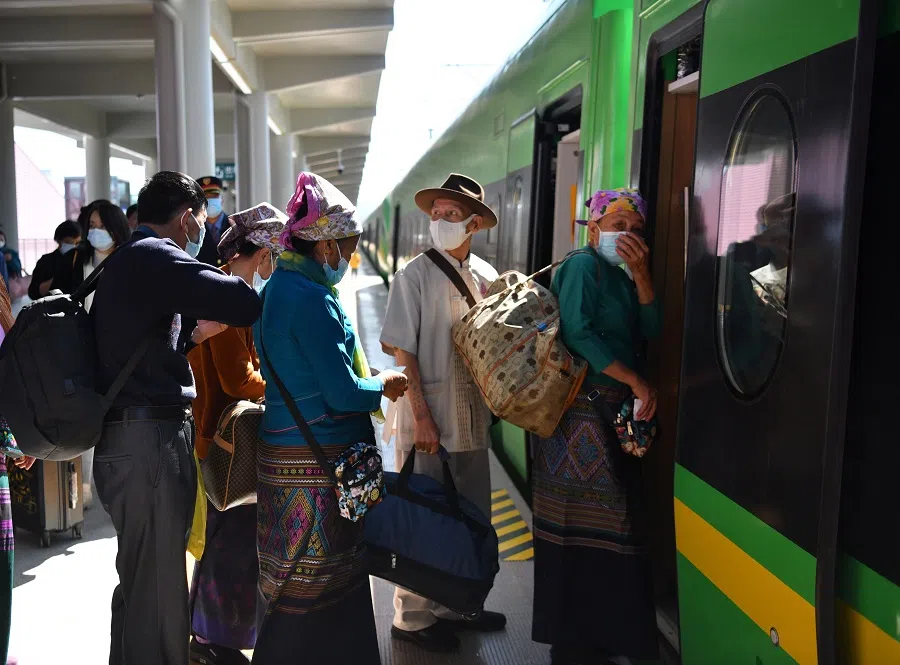
Compared to the 15-hour journey by road transport, the railway will substantially reduce transport time for passengers and freight from Vientiane to Boten, a town on the Laos-China border, to around four hours. Furthermore, according to an empirical estimation in the World Bank's "From Landlocked to Land-Linked: Unlocking the Potential of Lao-China Rail Connectivity" report in 2020, the China-Laos railway could reduce domestic transport costs by 20%-40% in Laos, and reduce the cross-border transport costs between Kunming and Vientiane by 40%-50%, representing a reduction of about US$30 per tonne. Laos hopes to increase its export earnings with the better access afforded by the railway and the increase in exports to the huge Chinese market. If the conditions are right, the China-Laos railway has the potential to be a game changer for the Laos economy.
The Laos economy is also highly dependent on its tourist trade. China has become an increasingly important market for the Laotian tourist industry, accounting for around 15% of its tourist market. The railway will pass through many of its tourist attractions, such as Laos' UNESCO world heritage site of Luang Prabang, and Pu'er and Xishuangbanna, two famous domestic tourist sites in China. The Laotian government believes that as Chinese tourists are used to travelling by railway, the operation of the new railway will attract more Chinese tourists to travel across the border into Laos.
Financing structure of the railway project
Although Laos has a small and agricultural-based economy, its investment in railway development has been substantial, at US$5.9 billion, or equivalent to around one-third of Laos' gross domestic product in 2019 (estimated at US$19.14 billion). According to the World Bank report, one-third of the 40% equity (US$250 million) is taken from its budget, while the remaining US$480 million of its equity stake is financed by a loan from the Export-Import Bank of China (Eximbank). Of the debt financed by loans, Laos' part of the liability is US$1.06 billion or one-third of the loan. In total, for the construction of the railway, US$1.54 billion debt incurred is guaranteed by the Laotian government.
Laos' overall debt has indeed been exacerbated due to the sharp increase in external debt attributed to BRI projects such as the railway.
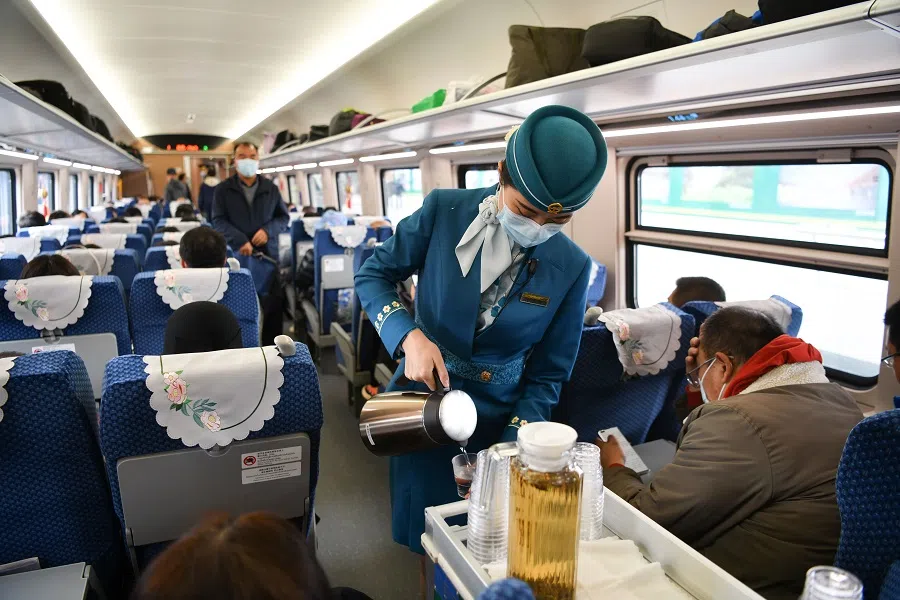
Laos' external debt distress is high given its low foreign exchange reserves. The Laos economy was hard hit by the Covid-19 pandemic. Growth was down to -0.4% in 2020, the lowest in three decades according to the World Bank. For an economically underdeveloped nation like Laos, critics question the necessity for the country to build such an expensive railway based on cost-benefit analysis. Within this narrative, Laos' budget is so limited and public financing in such a dire situation that construction of such a project makes no economic sense.
Laos' overall debt has indeed been exacerbated due to the sharp increase in external debt attributed to BRI projects such as the railway. In January 2021, in a speech at the five-yearly National Congress of the Lao People's Revolutionary Party (LPRP), the ruling party in Laos, General Secretary of the LPRP Central Committee Thongloun Sisoulith acknowledged that Laos' internal public financing is facing grave difficulties due to the pandemic and the debt situation.
Due to its debt liability, the country will do whatever it can to avoid the railway becoming a "white elephant" project marred by under-usage of both passengers and freight traffic.
China is becoming Laos' largest creditor. Nevertheless, since the China-Laos railway is a landmark project in mainland Southeast Asia under the BRI, it is not in China's interest to bankrupt its neighbour on account of the railway project. That would negatively affect the image of China's BRI and its push for implementation abroad.
Riding a bumpy road
For its part, Laos is keen to leverage the railway to turn the country's strategic location into an asset. Due to its debt liability, the country will do whatever it can to avoid the railway becoming a "white elephant" project marred by under-usage of both passengers and freight traffic. Nevertheless, for Laos, a small and underdeveloped economy with a population of around seven million, increasing passengers and freight volume in both directions of the railway will be a challenging task.
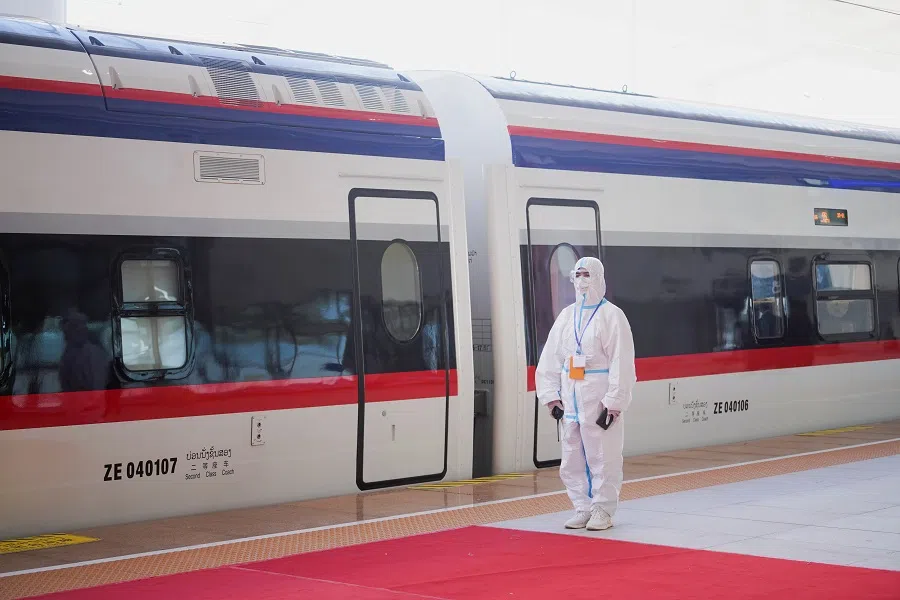
To finance its debt, Laos has to make the railway work in the long term. Nevertheless, the railway itself is not a panacea. Much depends on how the Laotian government, corporate sector and local community make it work to reap the tangible economic benefits that it offers. Meanwhile, connectivity depends on both hardware and software infrastructure development. Following the completion of the hardware infrastructure of the railway, the key now is to implement efficient cross-border processes and swift border clearance procedures. From the viewpoint of the local business communities of Laos, China and foreign investors, border clearance time and procedures remain cumbersome. Domestic reforms are thus urgently required to improve the overall business and investment environment. For the railway to operate efficiently and to cut freight costs, both cross-border customs clearances procedures and border management have to be simplified to minimise traffic delays. Enhancement to road connectivity between railway stations and centres of production, and between railway stations and tourist destinations is also necessary to boost usage by companies and passengers.
At the time of writing, amidst the global Covid-19 pandemic, cross-border travel for passengers between China and Laos remains restricted. Freight will thus continue for some time to be the main form of traffic for the railway, primarily for the transport of Laos' exports of agricultural products to China, and for China's exports to Laos, such as iron, steel, machinery, fertiliser and cement. An estimated 3.7 million tonnes of freight between China and Laos could be transported by railway by 2030, including a partial shift of freight traffic from the maritime routes to the railway.
Passenger transport revenue could not be estimated in view of the cross-border travel restrictions imposed due to the current Covid-19 pandemic. There is currently no sign of the cross-border passenger traffic restrictions being lifted anytime soon. The two countries have already announced that cross-border passenger train services will not start until the pandemic is over.
An initial version of this article was first published as an East Asian Institute Commentary.
Related: Amid a looming debt crisis, will China press the reset button on the BRI? | Laos' high-speed railway coming round the bend | Even as the US obstructs its way, how can China build trust for the BRI? | Wake-up call for ASEAN countries: Curb over-reliance on China and seize opportunities of global supply chain restructuring





